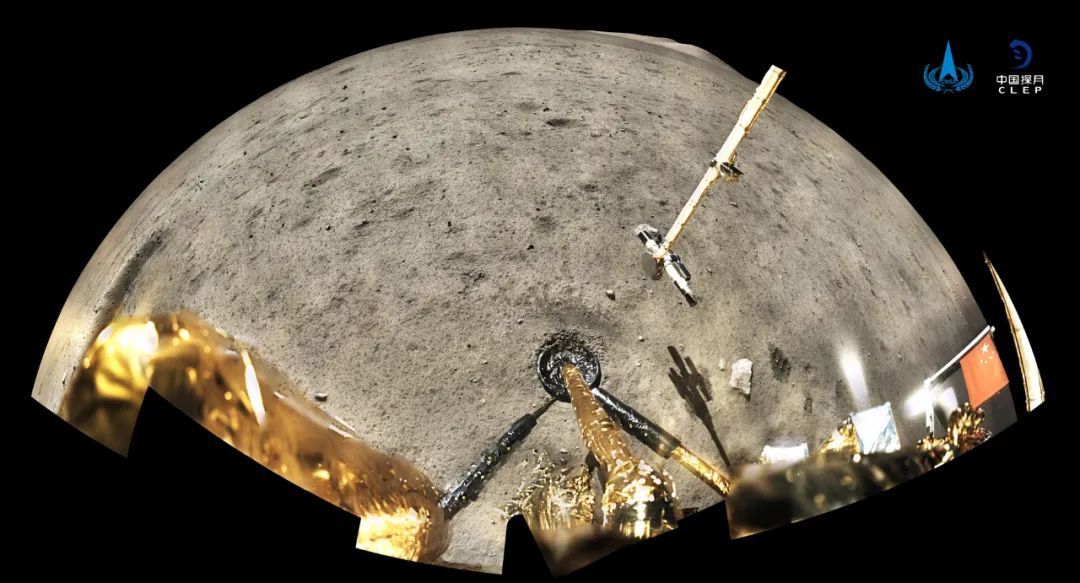WASHINGTON — NASA currently has no plans to trade any of its Apollo-era lunar samples with those returned by China’s Chang’e-5 mission, although then agency’s chief scientist held out hope for such an exchange in the future.
Speaking at the annual meeting of the Lunar Exploration Analysis Group Aug. 31, Jim Green said that the restrictions in U.S. law on bilateral cooperation between NASA and Chinese organizations ruled out, for the time being, any exchange of lunar samples between the two nations.
“Currently, there’s no plans to create a bilateral arrangement with China on the exchange of samples,” he said, citing the Wolf Amendment, the decade-old provision in annual appropriations bills restricting such cooperation.
Green was responding to questions from scientists attending the meeting about such a swap. Chang’e-5, China’s first lunar sample return mission, brought back last December about 1.7 kilograms of material from a region near the volcanic complex Mons Rümker in Oceanus Procellarum. The material is of interest to scientists because it is relatively young compared to samples returned by earlier Apollo missions and Soviet-era Luna robotic sample return spacecraft. After the landing, Chinese officials said they would be willing to share some samples with scientists in other countries.
Countries have previously exchanged samples from lunar and asteroid missions. In the 1970s, the United States and Soviet Union exchanged a small amount of lunar samples from their missions. Green said that NASA has an agreement with the Japanese space agency JAXA whereby JAXA is providing samples from the asteroid Ryugu, returned by the Hayabusa2 mission, in exchange materials that NASA’s OSIRIS-REx spacecraft is bringing back from the asteroid Bennu.
Green noted that the Wolf Amendment restricts, but does not outright prohibit, cooperation between NASA and Chinese organizations. “Over time, focused efforts can be and have been done,” to win approval by the White House and Congress for cooperation, he said. “I would say we have mechanisms, and we would use those mechanisms as we move into the future.”
NASA collected 382 kilograms of lunar material during the six Apollo missions that landed on the moon from 1969 through 1972. The next lunar samples are likely to come from the Artemis 3 landing mission, scheduled for no earlier than 2024.
Later in the meeting, veteran lunar scientist Jim Head asked NASA if the agency was contemplating any robotic lunar sample return missions, perhaps as part of its Commercial Lunar Payload Services (CLPS) program where NASA purchases payload delivery services on commercially operated landers.
“Since the beginning, we have called that an enhanced capability for CLPS,” responded Joel Kearns, deputy associate administrator for exploration in NASA’s Science Mission Directorate. However, he said doing so would be more difficult that getting landers to survive the two-week lunar night, itself a significant technical challenge.
“It’s the type of thing we continue to encourage the CLPS providers to approach,” he said, noting the scientific interest in bringing back lunar samples from different locations. He declined to estimate when a CLPS lunar sample return mission might be feasible.
